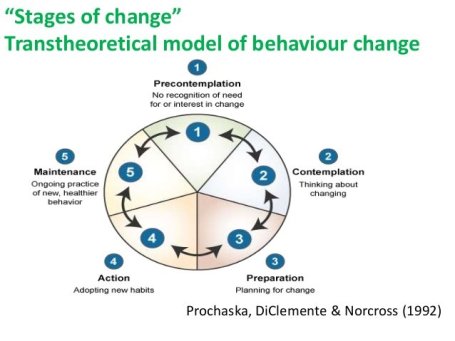Improving Without Measuring

The Mirage of Measuring Productivity
Most organisations regard metrics as the Holy Grail of productivity. But what if we’re wasting our time, trapped in a Sisyphean cycle of measuring, adapting, and then measuring again, without achieving improvement? Metrics often mislead us. The more relevant question is: How do we truly make a difference?
The Complexity of Social Systems in Software Development
To get to the heart of the issue, we have to confront the chaos that comes with human beings working together. People aren’t variables in an equation; they’re living, breathing agents of unpredictability. In such an environment, even if we find a metric that looks promising, the inherent complexity could render it meaningless.
Deming’s Caveat: “The Most Important Figures are Unknown or Unknowable”
Before we take another step down the rabbit hole of productivity metrics, let’s pause to reflect on a pertinent insight from W. Edwards Deming, the father of modern quality management. He stated,
The most important figures that one needs for management are unknown or unknowable.
If one of the most influential minds in quality management and productivity warns us against an over-reliance on metrics, it’s worth taking note.
Why Metrics Often Fail in Social Systems
Metrics tend to misfire when applied to the inherently chaotic world of human interaction. It’s not a mechanical system with predictable outcomes; it’s more of an organic entity with complex, non-linear interactions. So, when metrics disappoint, it’s not the numbers that are at fault but our misplaced expectations of their ability to capture reality.
Turning to Systemic Improvements: The Untold Chapter
If we heed Deming’s advice, our focus shifts from trying to measure the immeasurable to creating conditions for productivity to flourish. When we step back from the Sisyphean task of trying to pin down productivity with metrics, as per Deming’s counsel, we make room for a paradigm shift.
Instead of fixating on measured outcomes, the focus turns towards the fertile ground from which these outcomes naturally emerge. Here’s how this shift fundamentally changes our approach to productivity. (Cf. Quintessence).
Systems Thinking: The Big Picture
Deming was a strong advocate for systems thinking. This perspective urges us to see the workplace not as a collection of isolated variables but as a holistic system. Individual performances are interrelated, affected by the entire system, including leadership styles, workplace culture, communication pathways and a host of other memes. By optimising the system as a whole, we inherently create conditions for better productivity.
Quality of Interactions Over Quantity of Output
If we’re not bogged down by the numbers, we can invest time and energy into what really matters, such as the quality of interactions among team members. High-quality interactions naturally lead to high-quality output. Team members who communicate clearly, collaborate effectively, and feel psychologically safe are more likely to be productive.
By heeding Deming’s advice, we engage in a more holistic, humane, and, ironically, effective approach to boosting productivity. We may not have a neat vanity metric to showcase in the next board meeting, but the signs will be everywhere—in the engagement of the team, the quality of the work, and the satisfaction of your clients.
Improving Without Measuring: Sounds Like Heresy, Doesn’t It?
Here’s the part where some people might think we’re heading into taboo territory. How do we know we’re making progress if we’re not measuring it? The key is to focus on systemic improvements that are intuitively beneficial, such as:
- Surfacing and reflecting on collective assumptions and beliefs
- Attending to folks’ needs
- Enhancing communication channels
- Making things visible
- Reducing work-in-progress
- Emphasising learning and personal development
- Promoting psychological safety
By attending to these areas, we’re likely moving in the right direction, even if we can’t quantify it.
Feedback Loops: Your New Best Friend
Feedback loops provide insights without the narrow focus of traditional metrics. They allow teams to observe patterns, adapt, and continuously learn. These can range from daily stand-ups to sprint reviews, to customer feedback sessions. The idea is to keep the feedback continuous and actionable.
Holistic Approaches: Taking a Cue from Organisational Psychotherapy
Improving productivity in complex systems requires less of a mechanical approach and more of a therapeutic one. Techniques like organisational psychotherapy aim to uncover underlying issues at the collective subconscious level. By addressing these foundational aspects, we’re more likely to see a genuine shift in productivity.
So, Are We Moving the Needle?
The perennial question still stands: How do we know we’re improving? But maybe we’ve been asking the wrong question. The more relevant question is: Are we creating an environment where improvement is not just possible but inevitable? And what does that environment look like?
So, let’s leave behind the vanity of metrics and embrace the nuanced, often messy journey of actual improvement. The numbers may not make it to a glitzy PowerPoint presentation, but the positive change will be palpable. And isn’t that what really matters?









